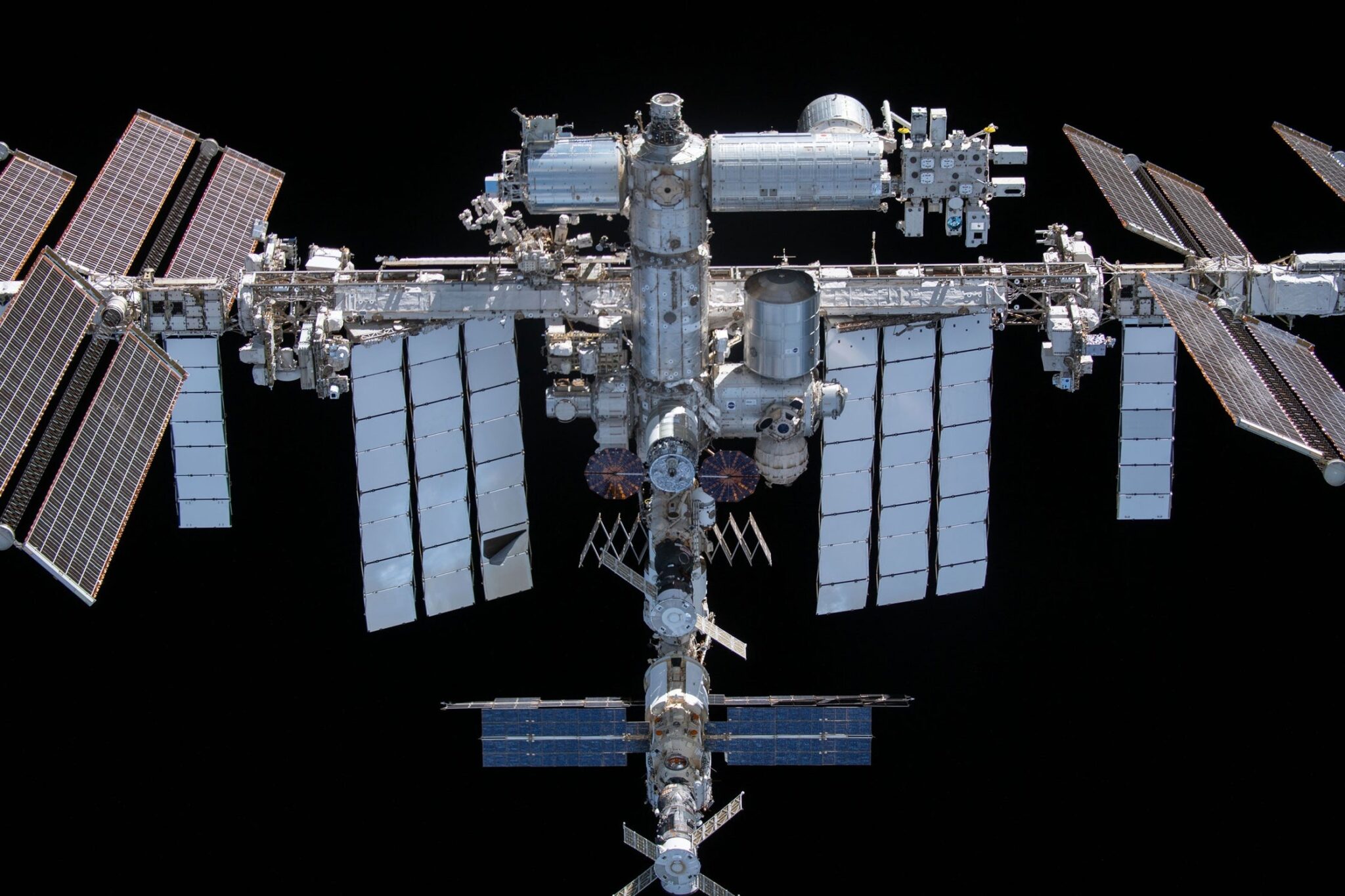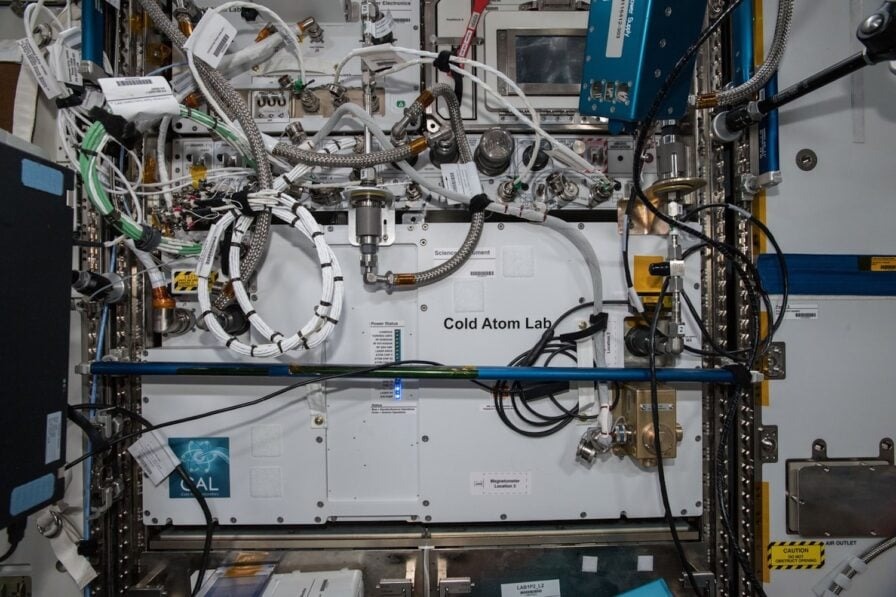NASA is experimenting with quantum technologies to measure gravity and magnetic fields in space. The space agency has tested a new instrument aboard the International Space Station (ISS) that measures vibrations of the orbiting laboratory using ultra-cold atoms with the Cold Atom Lab instrument.

This quantum instrument, known as an atom interferometer, uses atoms cooled by a laser to temperatures near absolute zero to make precise measurements of their properties. This is even colder than in space, where the ambient temperature is 2.725 degrees Kelvin above absolute zero.
Although such interferometers are already in use on Earth, they were previously thought to be too fragile for long-term operation in space. However, scientists using NASA’s Cold Atom Lab on the ISS have proven that this technology can work in orbit. The results of the experiment were published in the journal Nature Communications.

Cold Atom Lab uses microgravity conditions on the ISS to study quantum phenomena. The atoms are cooled to near absolute zero, forming a fifth state of matter, the Bose-Einstein condensate. In such a state, the quantum properties of atoms become macroscopic, which simplifies their observation.
In the microgravity of the ISS, the Bose-Einstein condensate can exist longer and at lower temperatures, creating favorable conditions for scientific research. With the atomic interferometer, scientists can exploit the wave-like properties of atoms, allowing them to measure gravitational forces and other influences.
This space instrument, which can measure gravity with extreme precision, could help scientists better understand the composition of moons and other celestial bodies, as well as investigate dark matter. “Atom interferometry could also be used to test Einstein’s theory of general relativity in new ways,” noted Cass Sackett, principal investigator at the Cold Atom Lab. “This technology may help us fill in those gaps and give us a more complete picture of the reality we inhabit.”
The Cold Atom Lab was sent to the ISS in 2018 and was the first to create a Bose-Einstein condensate in orbit. Remote control from Earth makes it possible to conduct research that can open new horizons in space exploration and help better understand the surrounding Universe.
According to gizmodo.com


